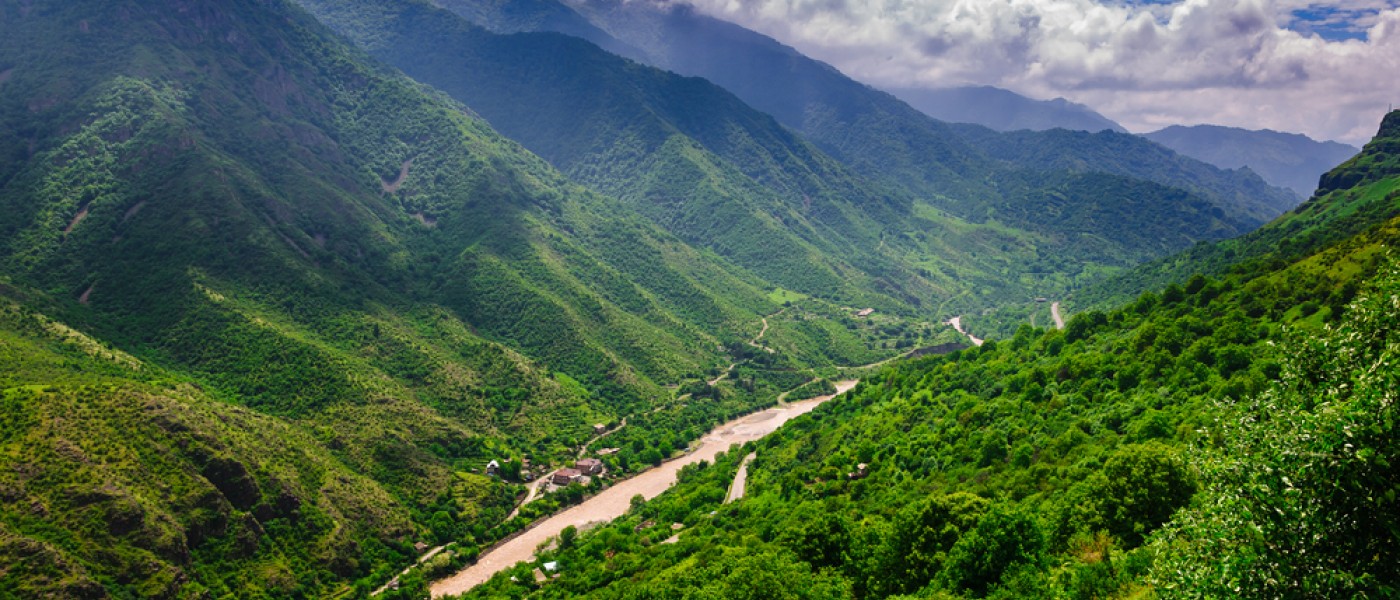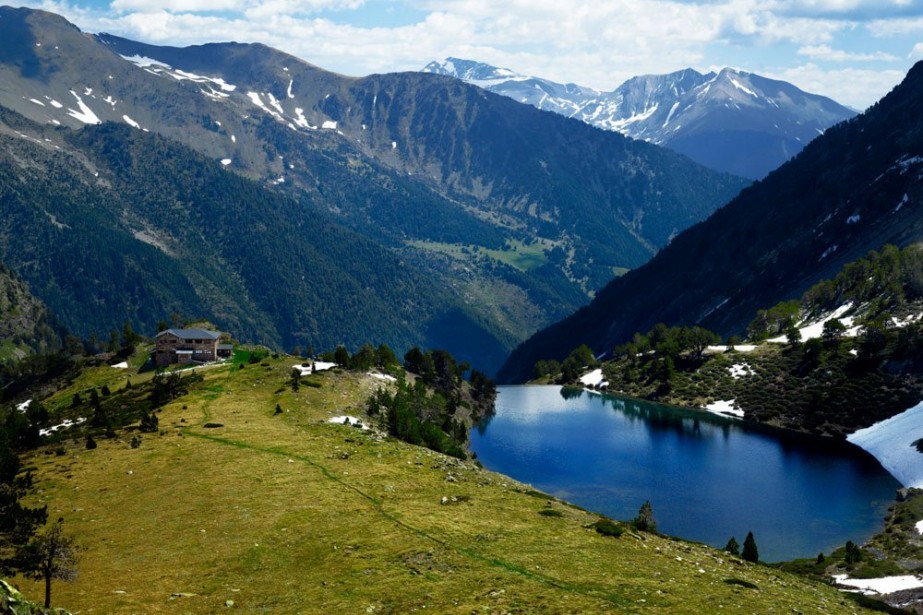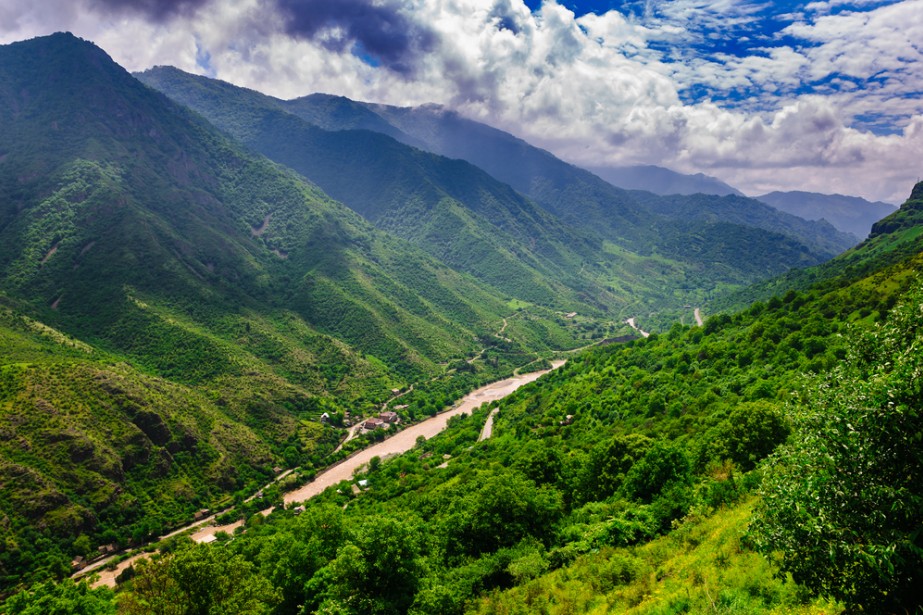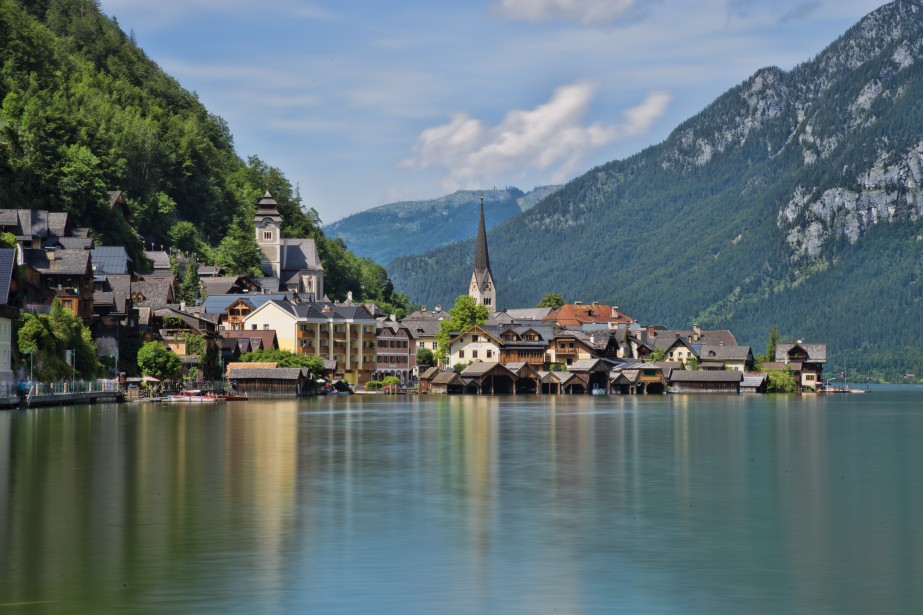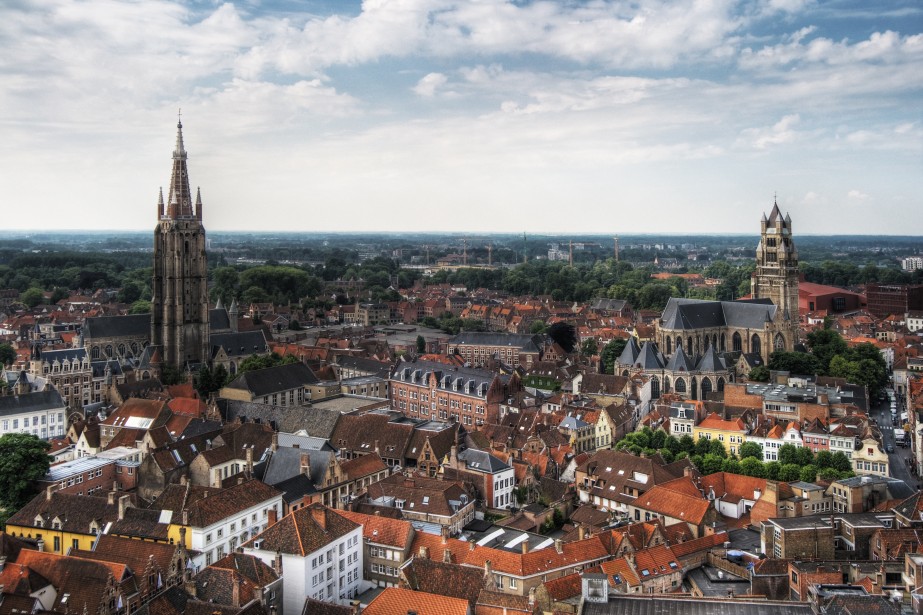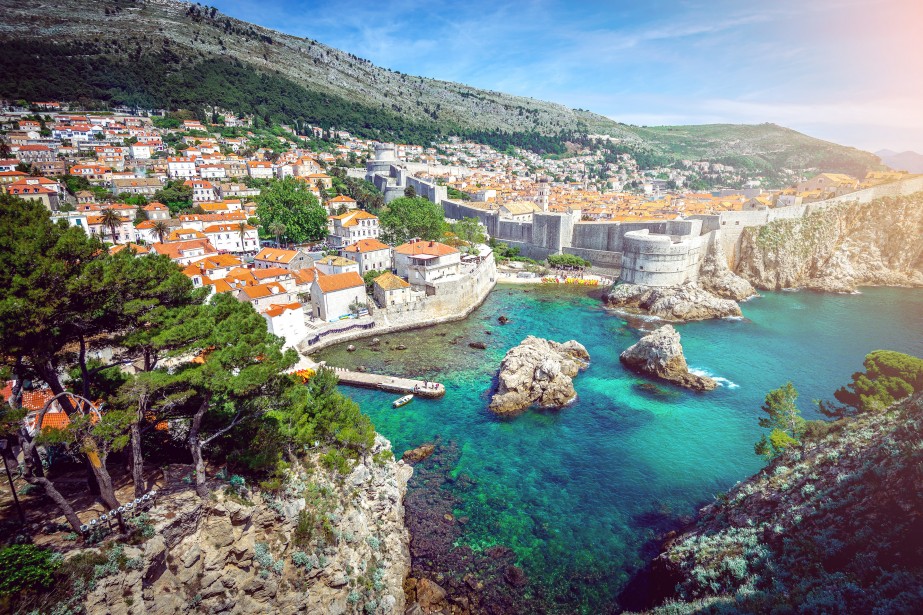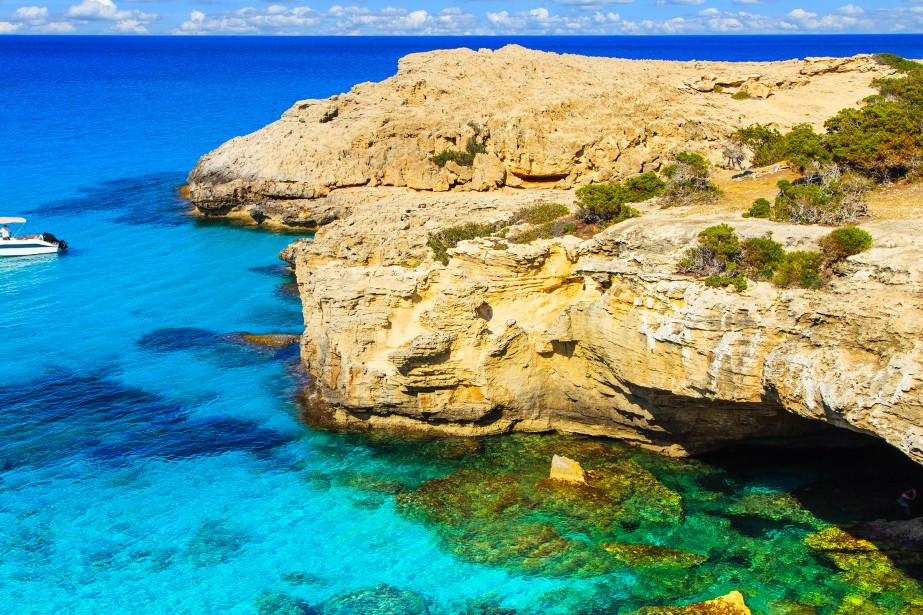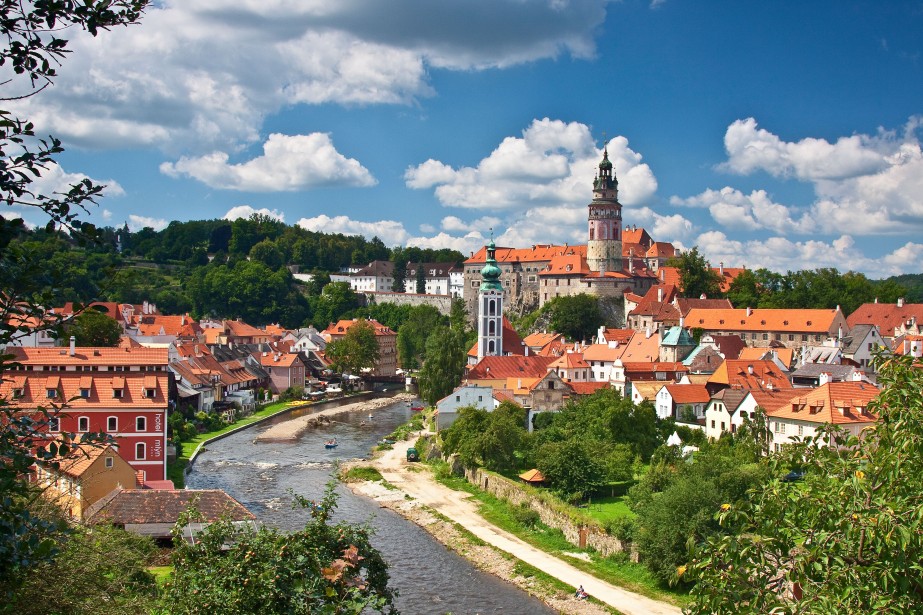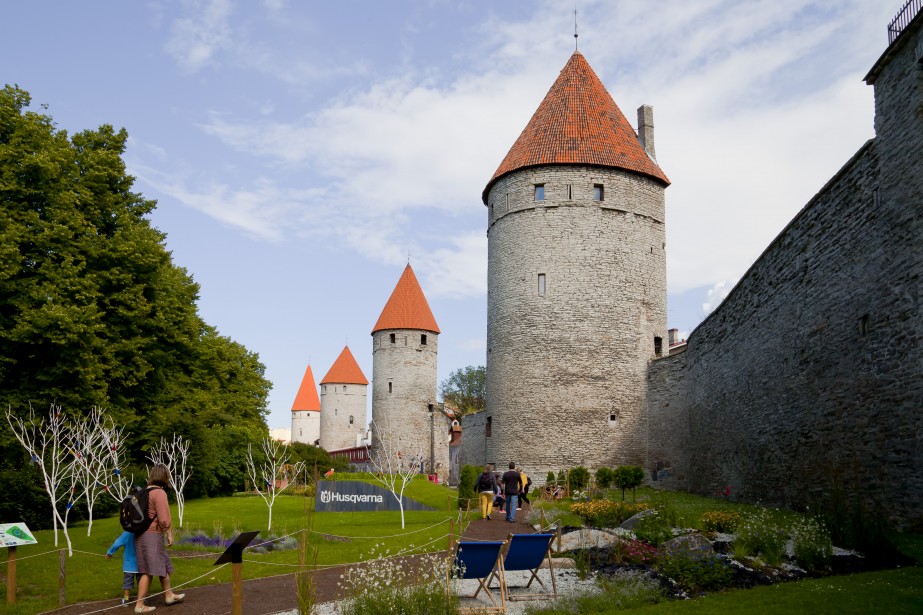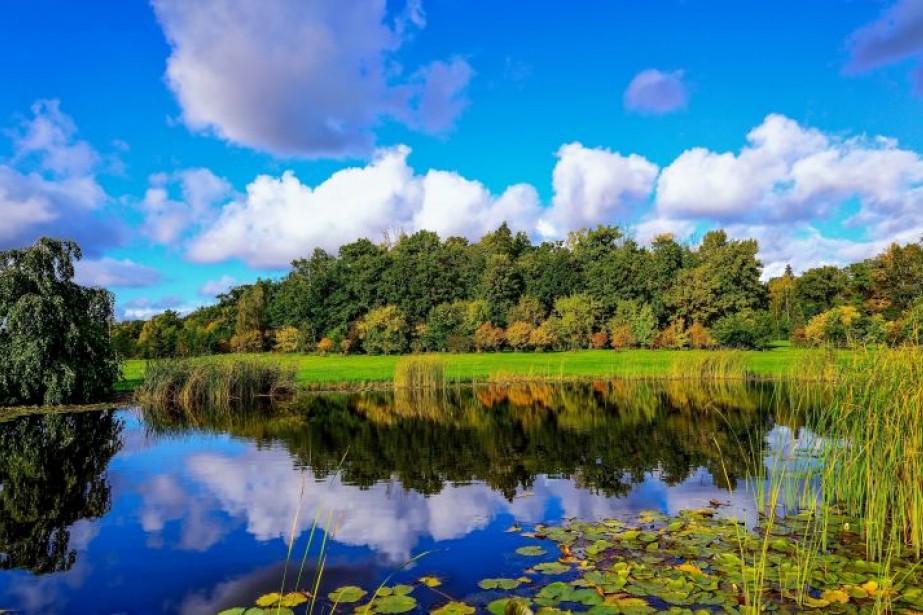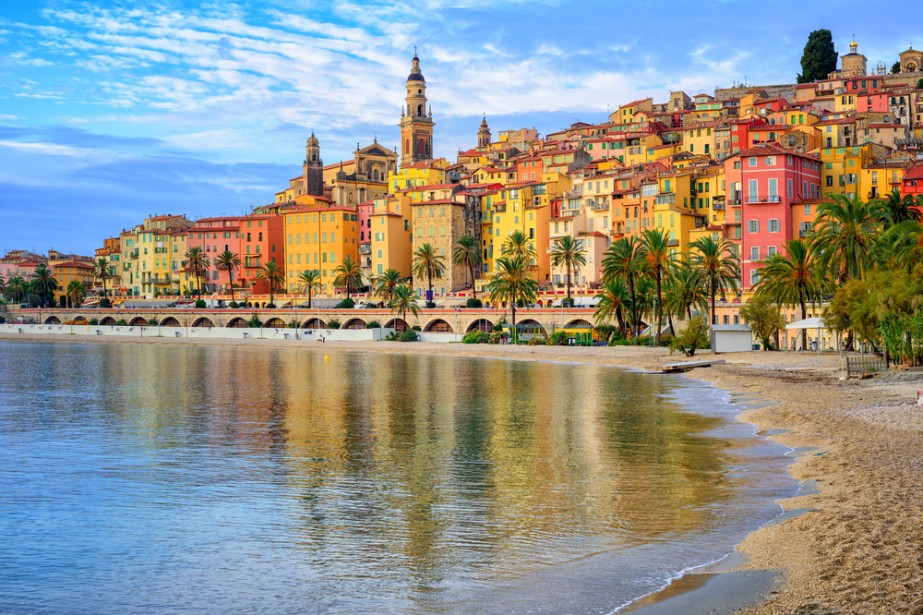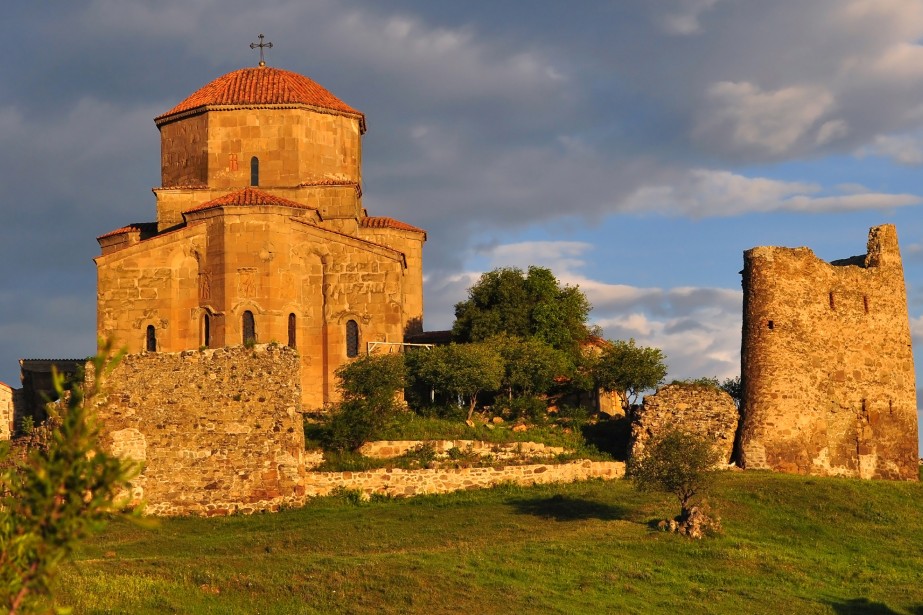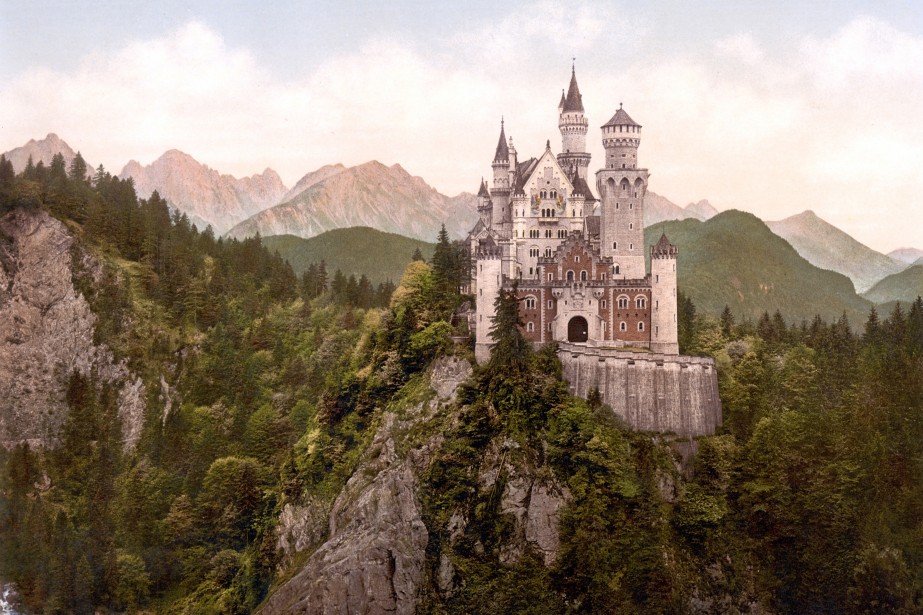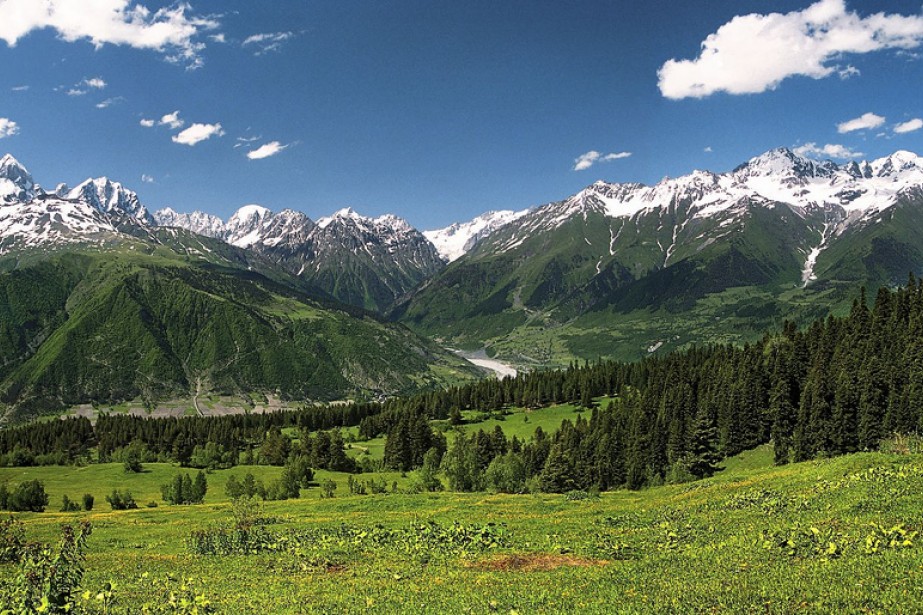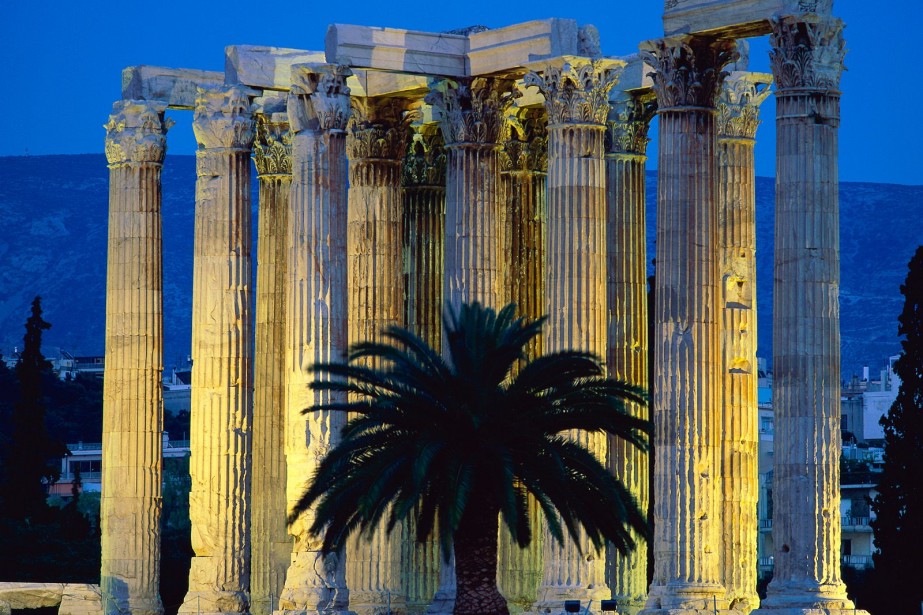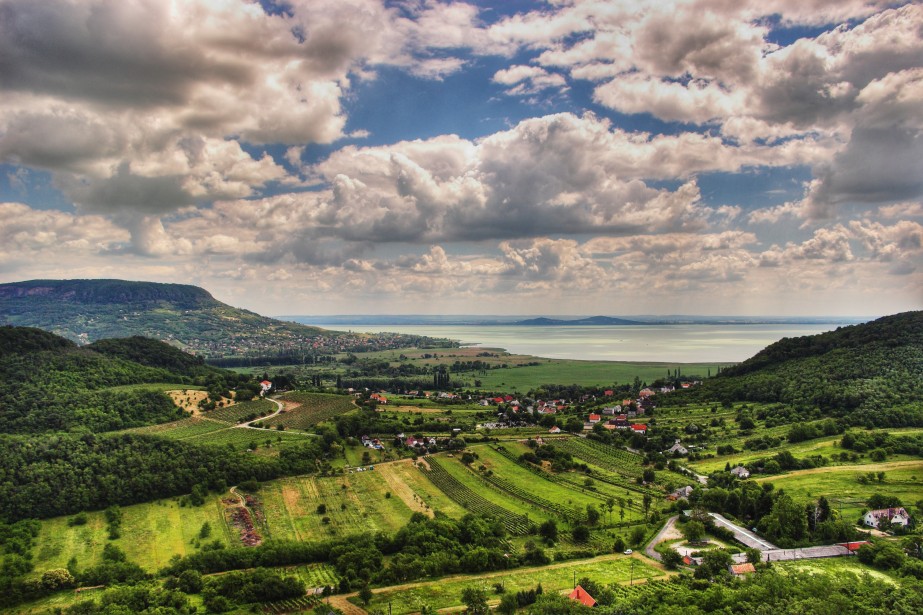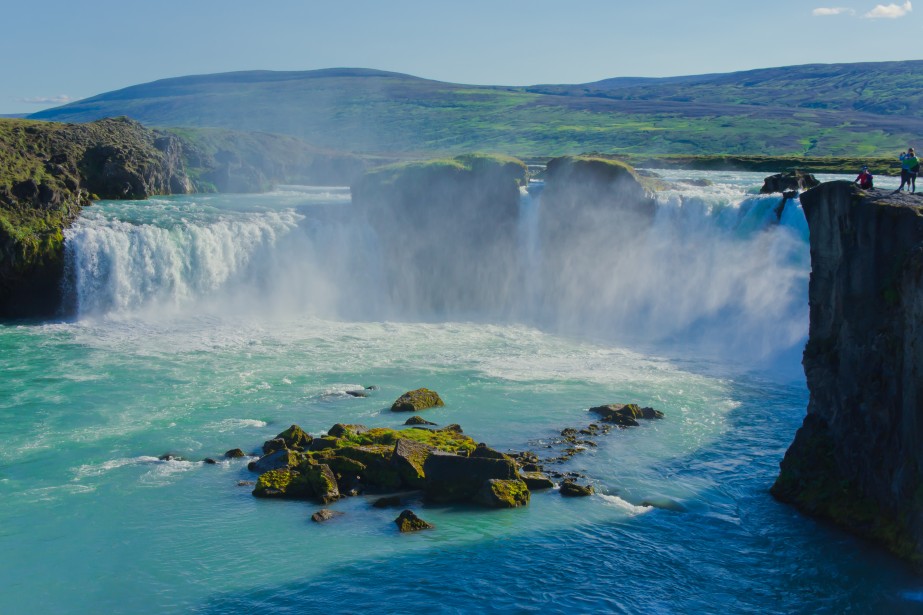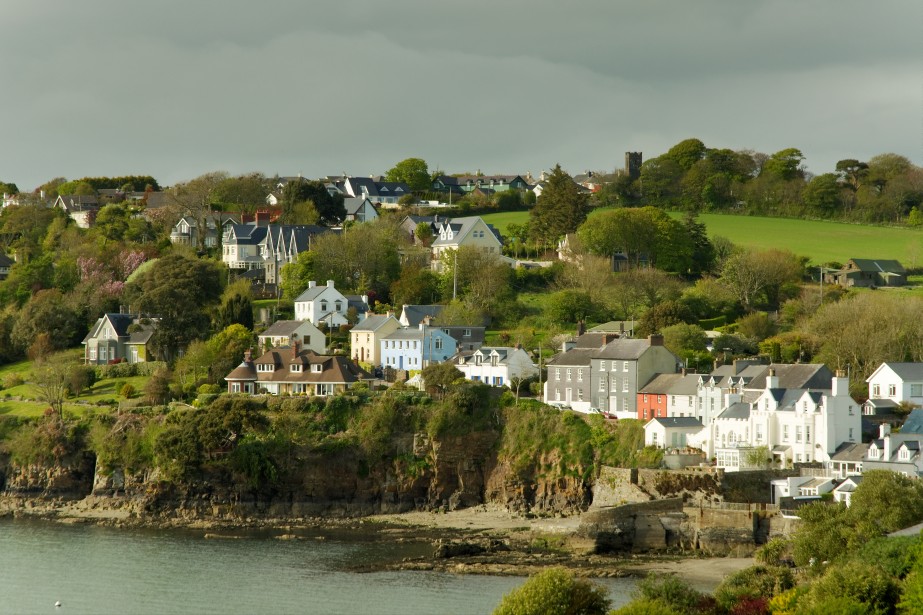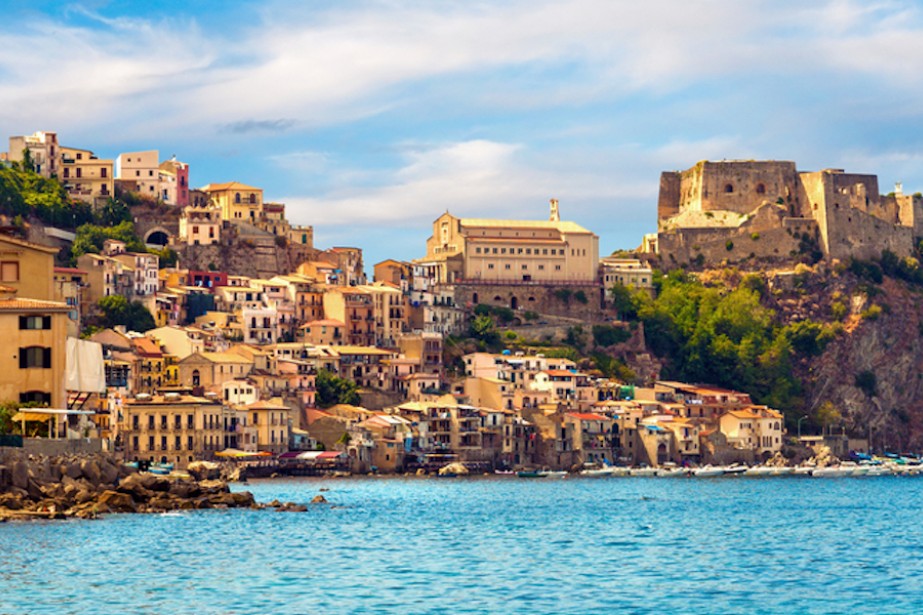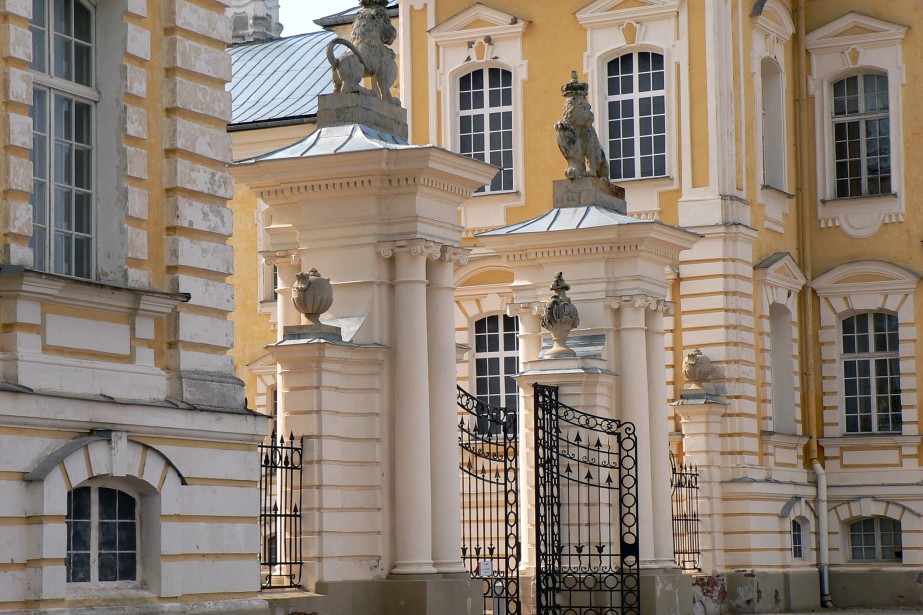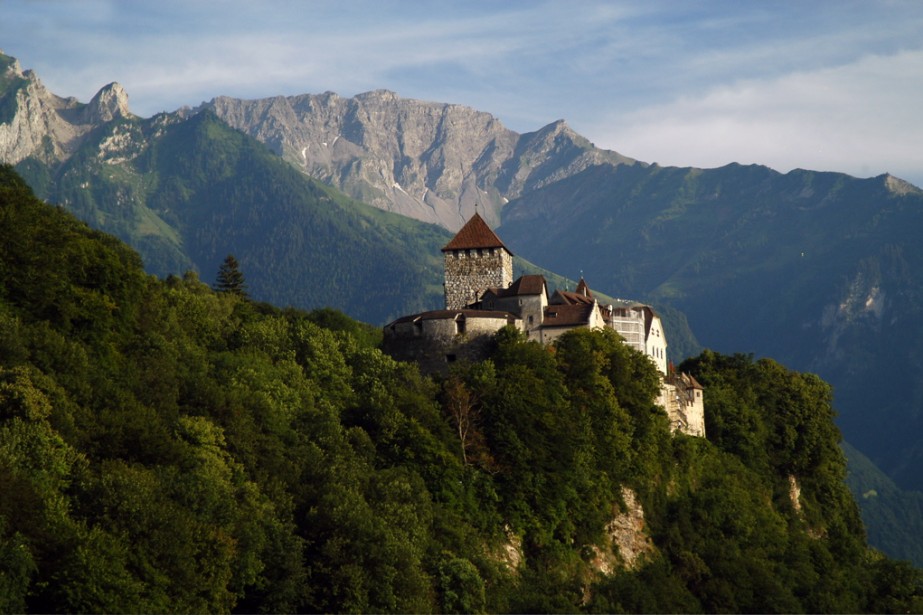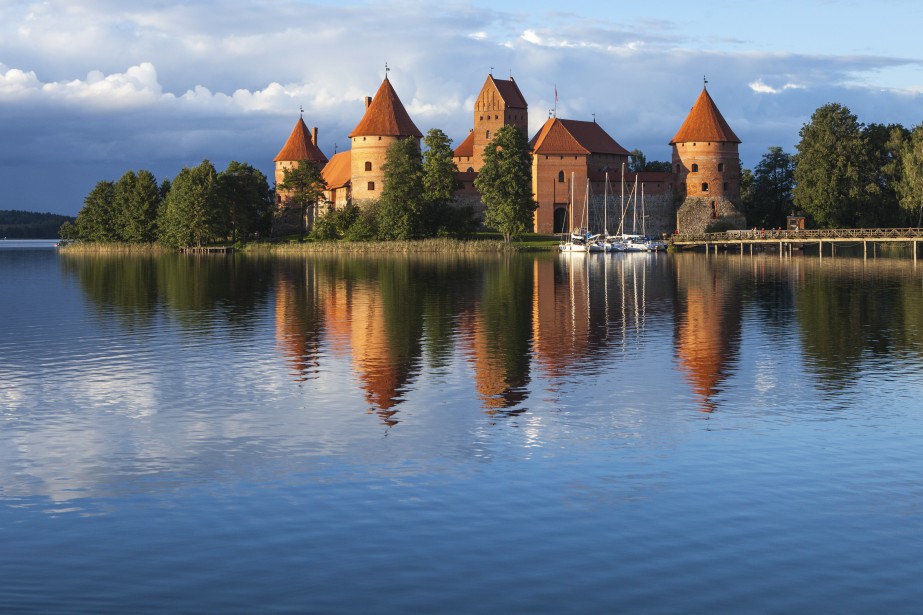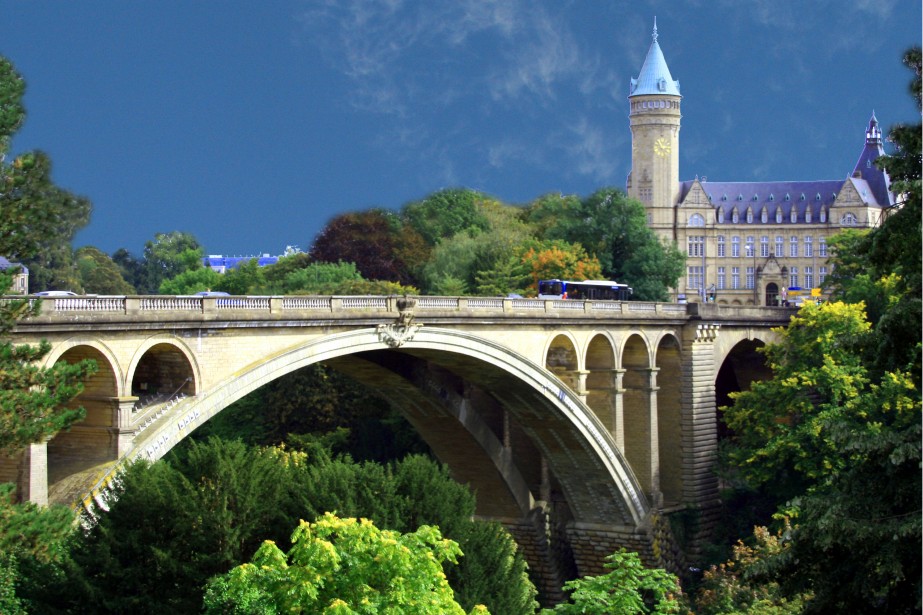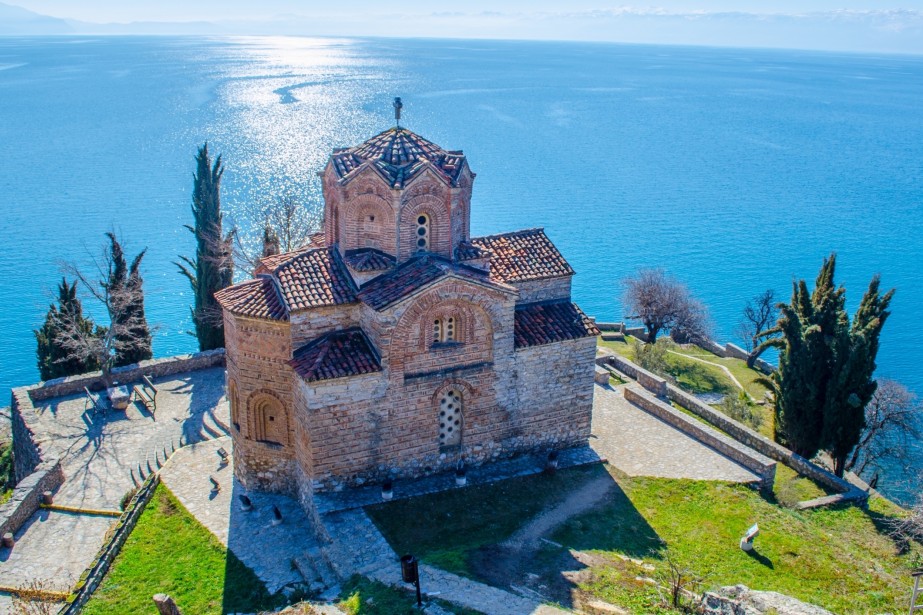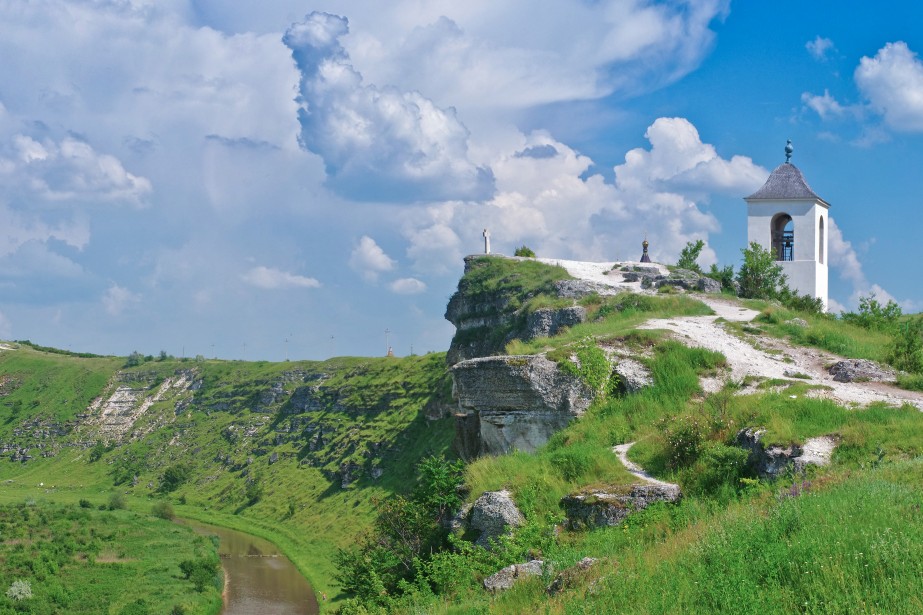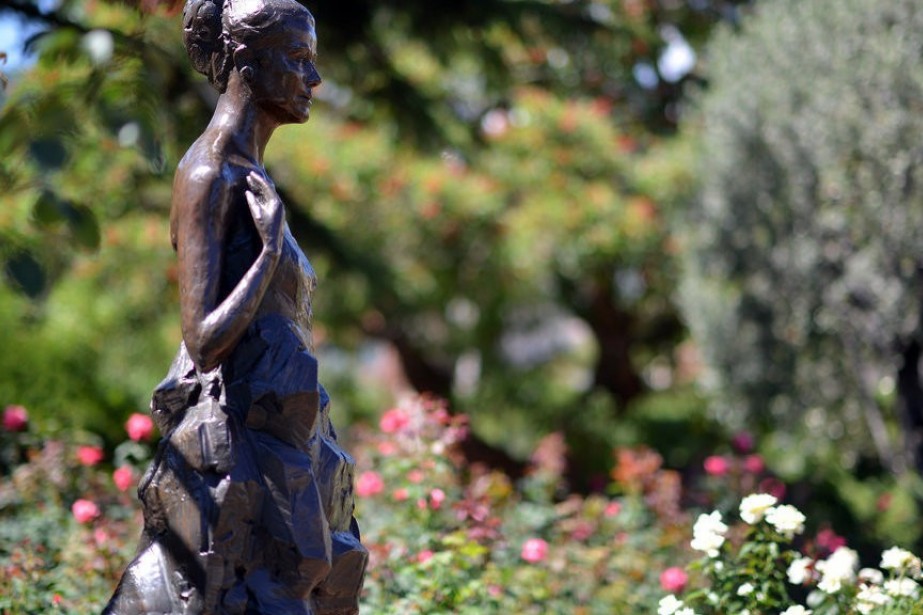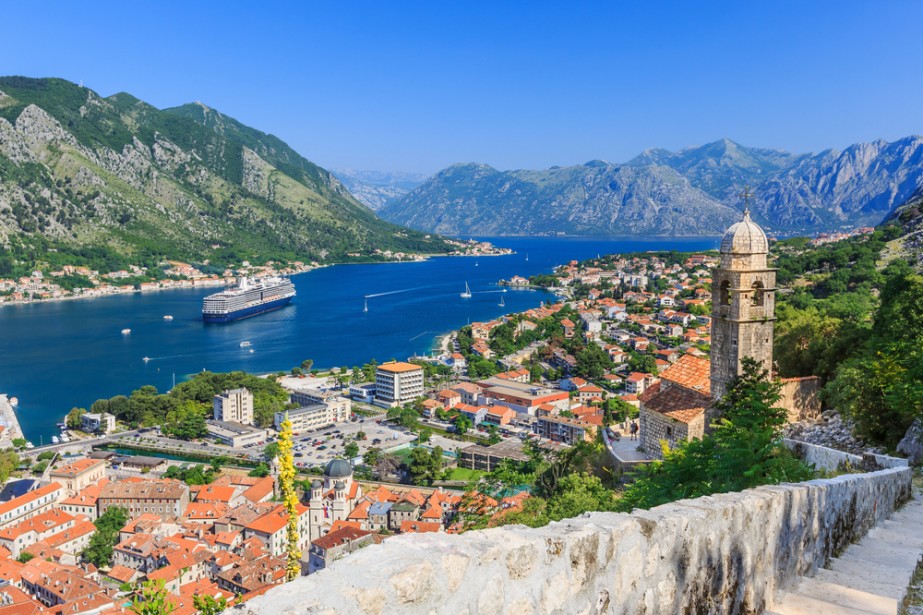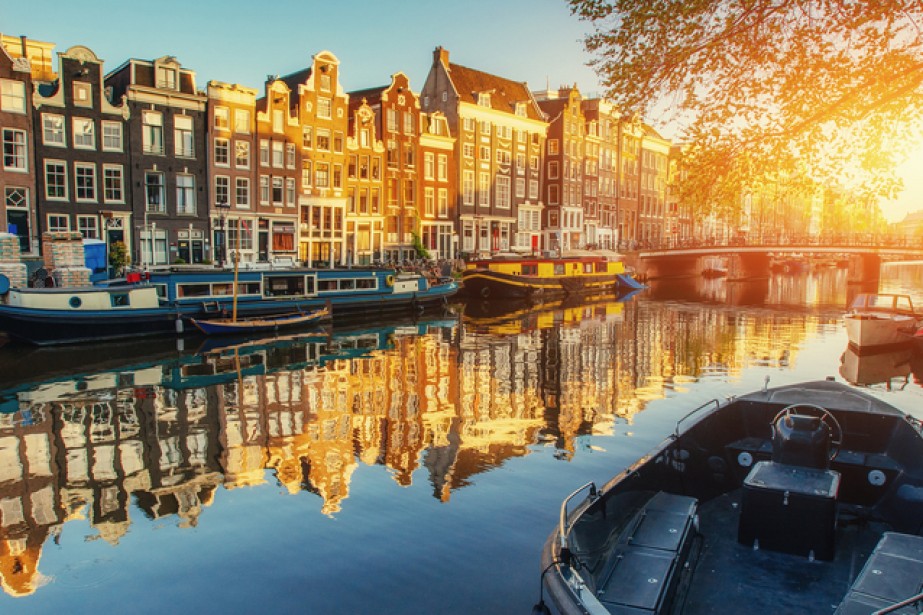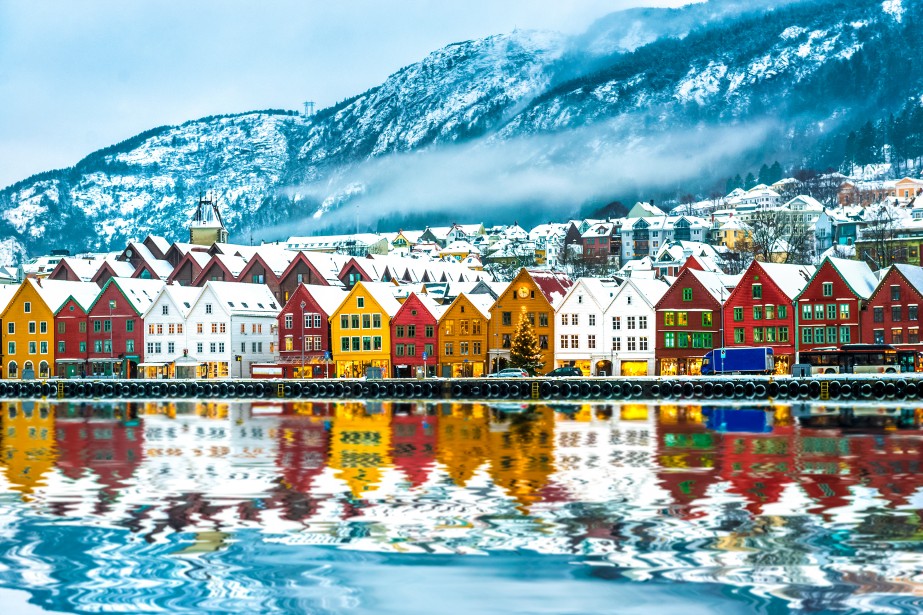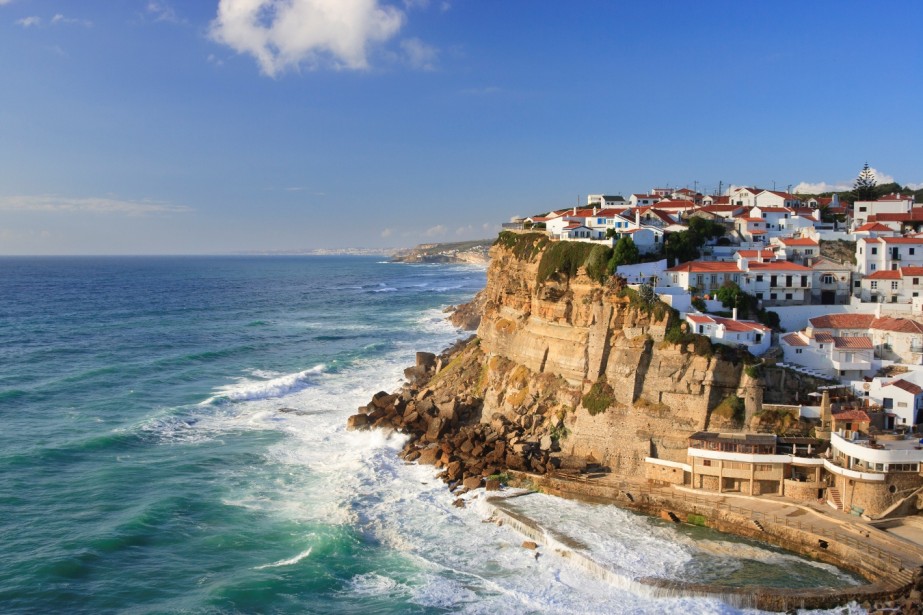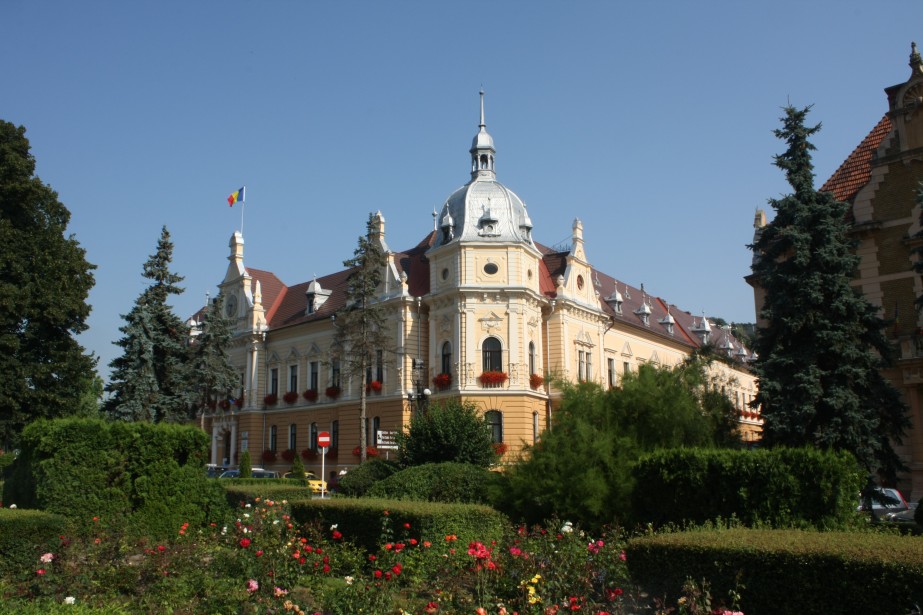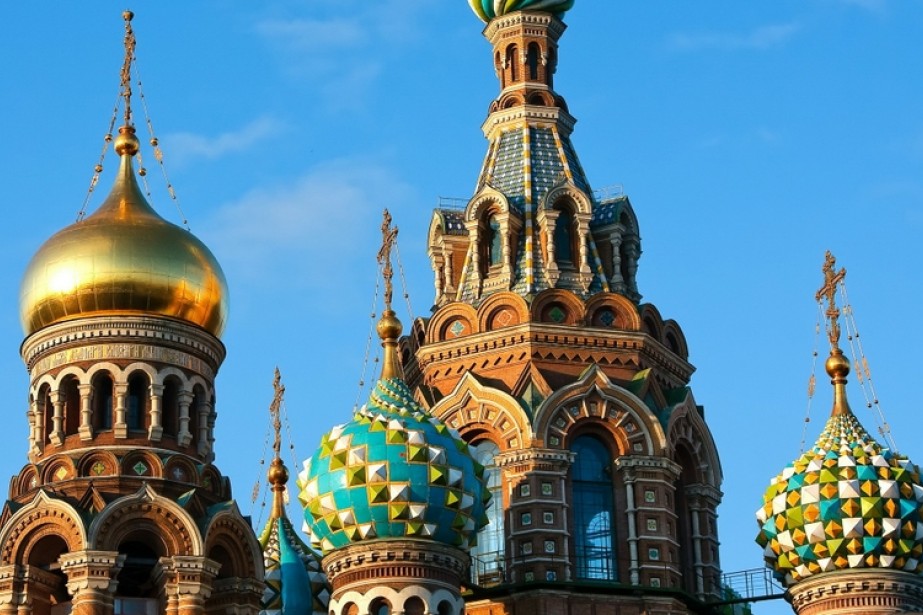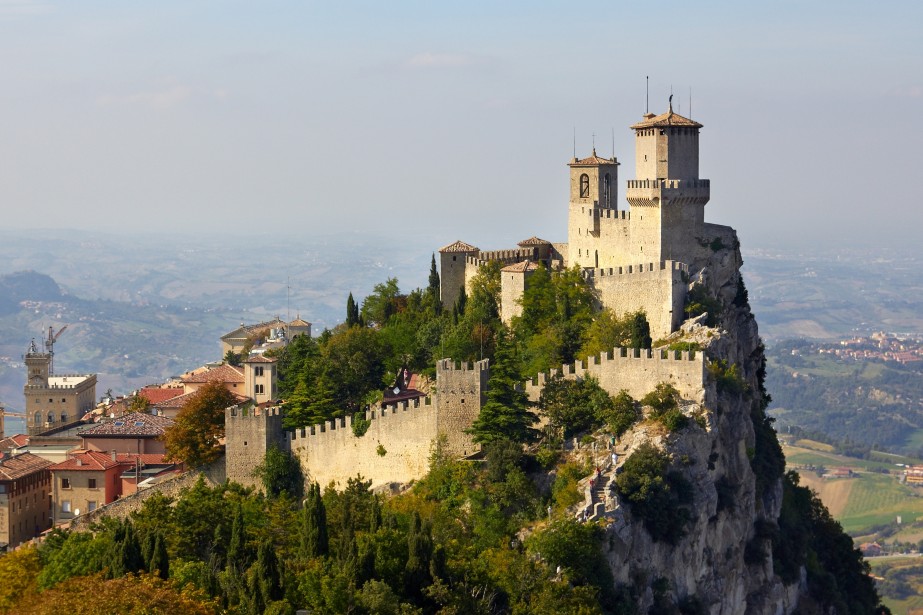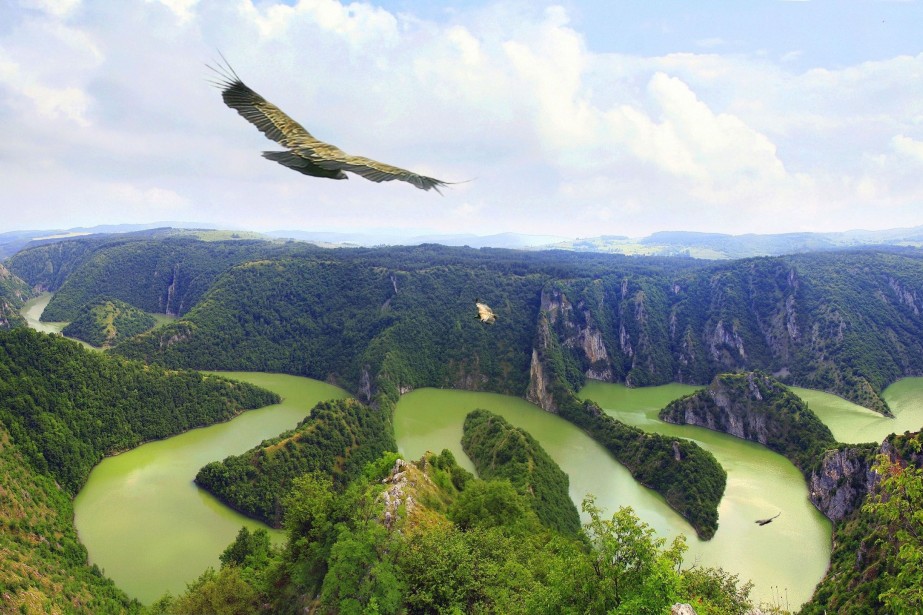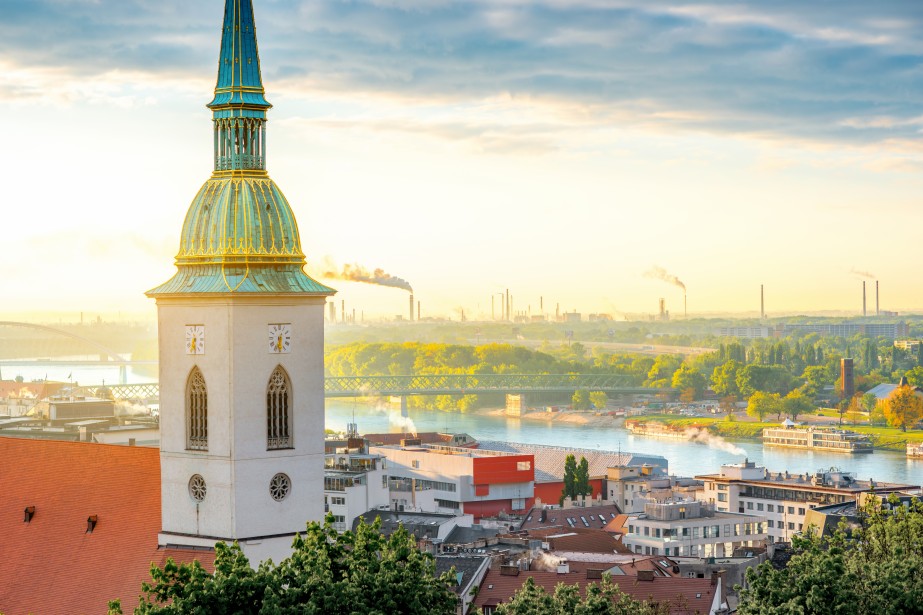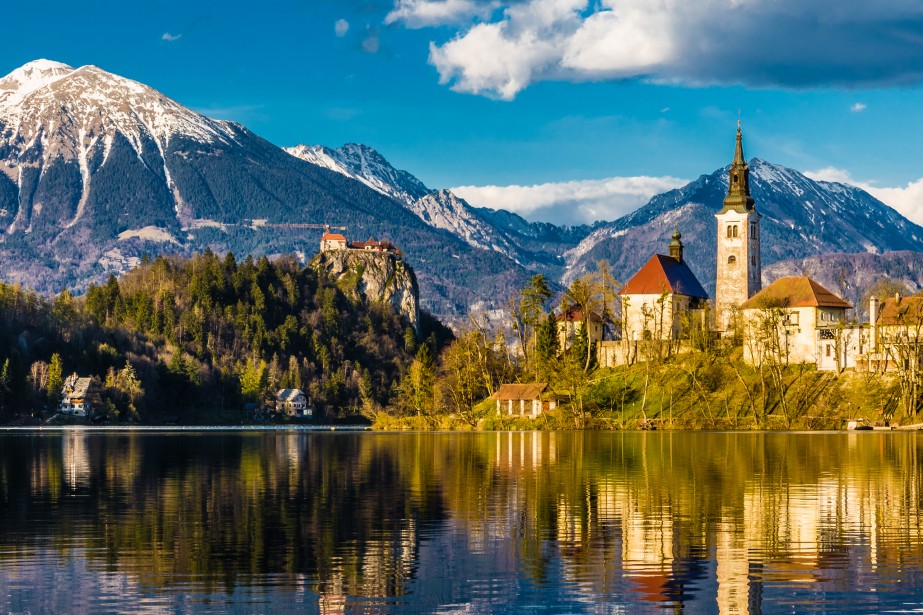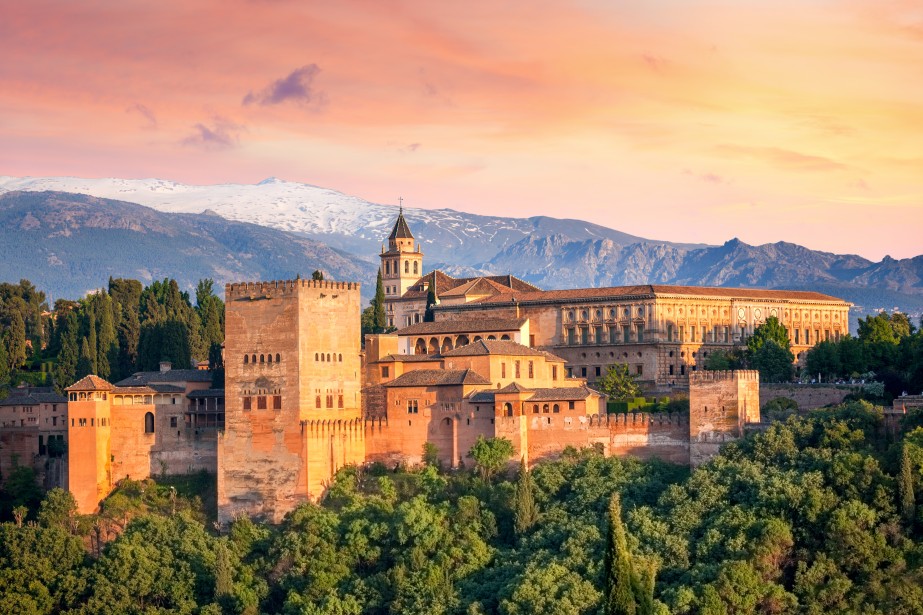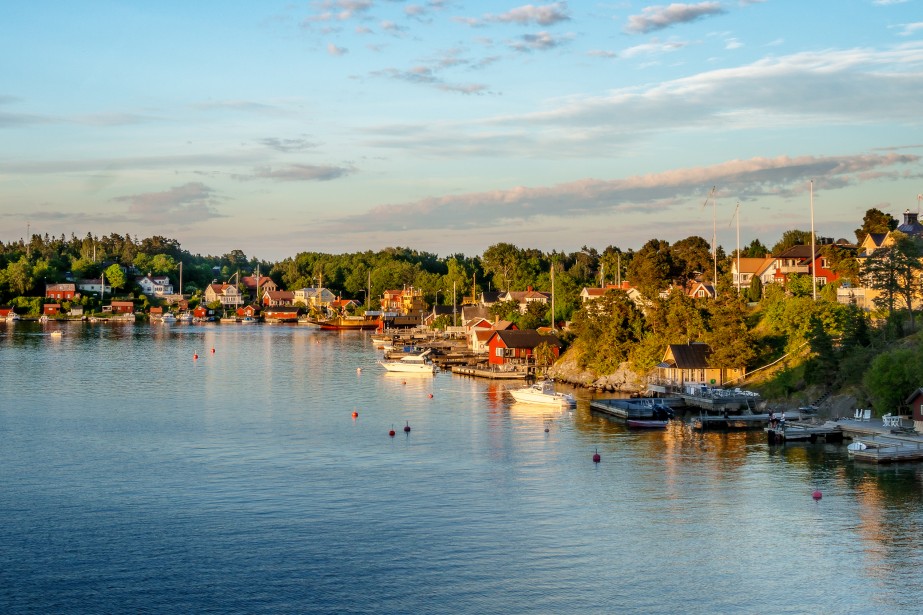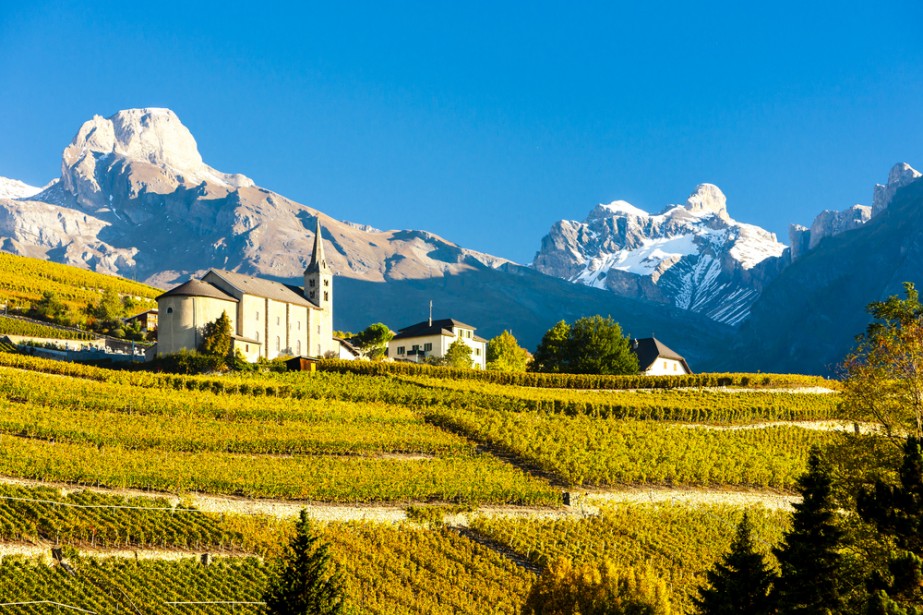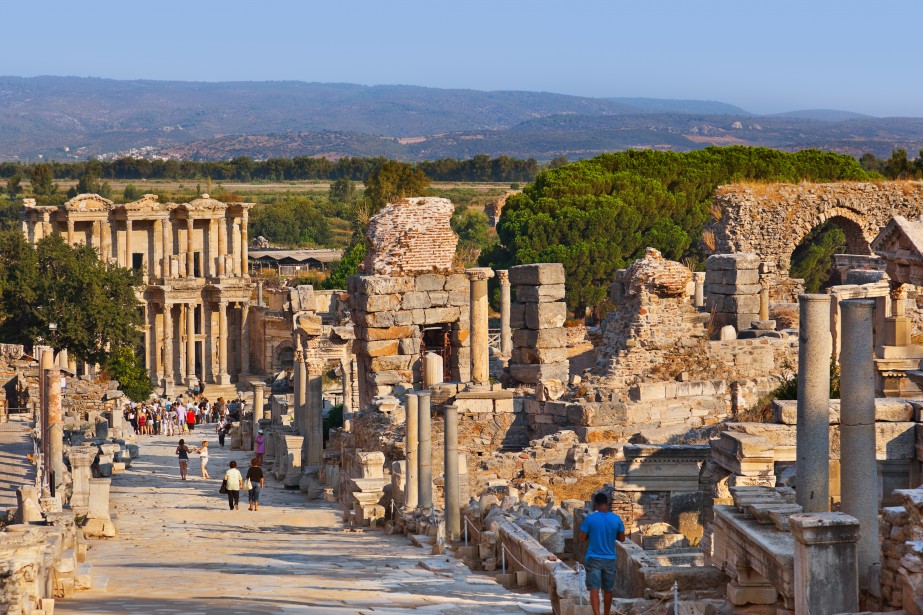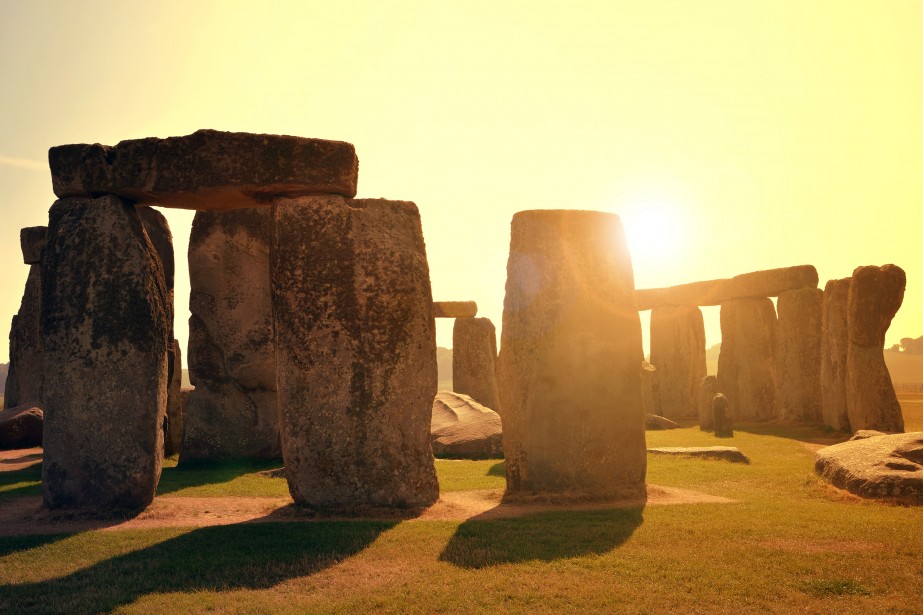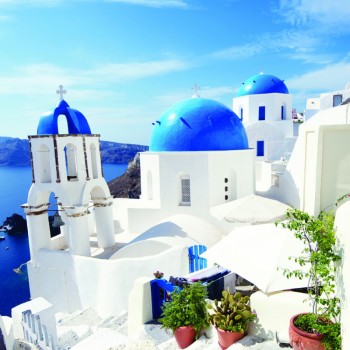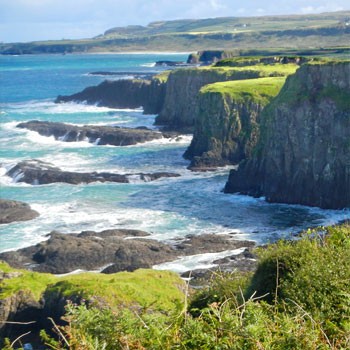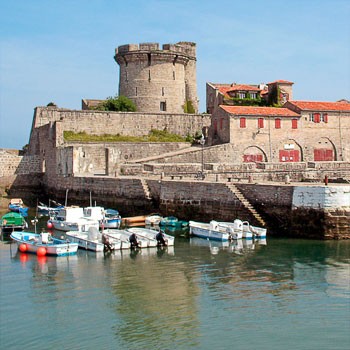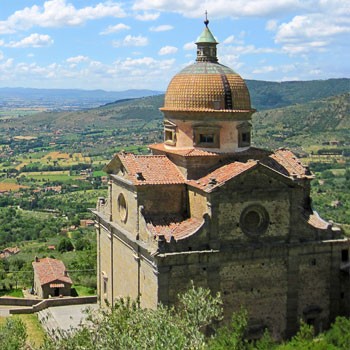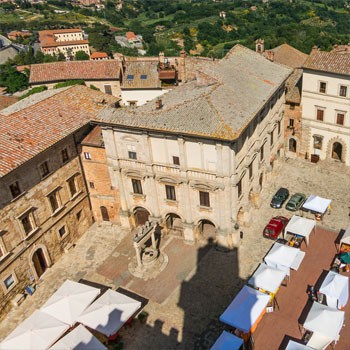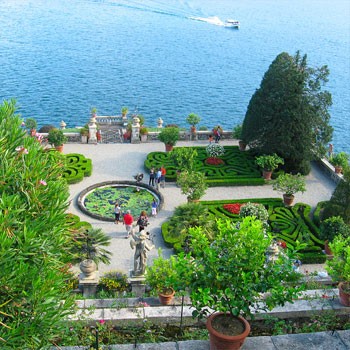Submitted by Theresa Matherne on July 28, 2016
Overview
The ancient country of Armenia is the only country still around that was on maps from 3,000 years ago of Anatolia. It was actually the first Christian country in the world, having converted in 301 AD. A former Soviet republic, Armenia is situation in the Caucasus region between Europe and Asia and is extremely rich in history and culture.
While it is very uncommon to see or speak English in Armenia, as the most common language is Russian, it is a reasonably safe country. There are a large number of monasteries to visit of a wide array of ages in Armenia, especially given the country’s long history with Christianity. There are a lot of historic sites throughout the country as well as unparalleled mountain landscapes.
As the country straddles both Europe and Asia, Armenian culture reflects both influences. While Armenians consider themselves as European and the country as a European nation, the social conservatism within the country has not been present in the rest of Europe for decades. Still recovering from the Soviet rule, Armenia has been gradually adopting more western ideals, more so in the capital Yerevan than the rest of the country. The country is also very family oriented and many people pride themselves in their hospitality.
When to Travel – Weather
Most of Armenia has a high-altitude climate that is fairly dry, though there are some rainy areas, especially during early spring. Given the high altitude, the weather is the most extreme during the winter, with temperatures dropping well below zero Fahrenheit in many areas. Roads often close during the winter as well due to heavy snow and ice.
While it is still fairly cool in the spring, the temperatures are milder in March and April and the countryside fills with beautiful wildflowers. For avid hikers looking for a mountain escape, spring may be the best time to go for the scenery, though forecasts should be checked ahead of time to make sure it wasn’t a long and treacherous winter. Hiking in the mountains of Armenia in the snow can be very dangerous, especially given the sparse population in the area. Spring is also the wettest time of year for Armenia, though the southern part of the country remains relatively dry.
The area is still prone to getting some hot temperatures in the summer, with temperatures reaching up to 100 degrees Fahrenheit in the southern part of the country. With little to no breeze for days at a time, this heat can be especially intense. The temperatures in the northern part of the country remain cooler during the summer and may allow some escape from the grueling heat.
Meanwhile, autumn in Armenia is full of long, warm days and has the most stable weather conditions of the year. Autumn is a lovely time to travel to Armenia. The heat has passed and the snow has yet to fall, making traveling easy and full of few surprises weather-wise.
Food and Drink
The food in Armenia is compromised of the food techniques of the local people as well as the cuisine of both traditional Armenia as well as the Armenian Diaspora (the displaced Armenian people). Due to the history of the displaced Armenians, there is some influence in the cuisine from other cultures that have been melded with their traditional food. Armenian cuisine contains a lot of their traditionally grown crops as well as local livestock.
With ties to Turkish cuisine, Persian cuisine, and Georgian cuisine, Armenian cuisine is part of the Caucasian food family. While some of the similarities are due to geography, others are a result of various occupations, wars, and co-habitations over the past 700 years. One strong influence on their food, however, is due to the Armenian Genocide of 1915, which resulted in a large-scale transplantation of Armenian survivors.
Armenian food does have some distinctive characteristics, however. Instead of using spices for flavor, Armenian cuisine is reliant on fresh ingredients as well as the quality of the vegetables and herbs. They do rely heavily on herbs for all meals. Wheat is a common grain found in Armenia and is used in most dishes in one form of another. In the past, rice was common due to the Turkish influence and can still be found accompanying meals.
There are two traditional Armenian dishes that are common to find. Harissa is a wheat porridge that is stewed with meat. Similar to the Turkish keshkeg, harissa was made for feasts and serves to the whole family in a communal pot. The meat used is either lamb, beef, or chicken. The other common dish is khash, which is a typical breakfast meal. Khash is made from slow-cooked meat crumbled over dried bread with garlic and vodka.
A food that is served daily in Armenian households is the dzhash, which is a meaty stew made with vegetables and spices and served with bread or rice. Depending where you are in Armenia the dish is made differently, such as with yogurt from a Persian influence.
As far as beverages go, Armenian coffee is commonplace. Much like Turkish coffee, it is made from strong, black coffee that has been ground very fine. Armenian brandy, also known as konyak, is Armenia’s most popular exported alcohol.
Popular Vacation Spots
Yerevan: Armenia’s capital city is one of the oldest still-inhabited cities in the world. Because it is ancient, the Soviet influence had very little bearing on its modern appearance. With a ton of museums and historic buildings, the city is a must-see.
The Debed Canyon: Located near Vanadzor, the Debed Canyon is located in Northern Armenia and is where the Debed River runs. The area is rich in both beauty as well as monuments, giving visitors plenty to explore. There is not anywhere to stay at the canyon itself, but there are lots of nearby cities that can supply accommodations.
Matenadaran: Located within the capital, the Matenadaran is a repository of ancient manuscripts as well as a research institute. Contained within is one of the world’s most impressive depository of medieval manuscripts and books spanning subjects from history and literature to medicine and philosophy.
Goris: Goris is an ancient mountain town located high up in the Syunik Mountains. Time seems to have not touched the area, as the locals do not engage in industry and commerce. Instead, they live off the land. Plenty of ancient churches to explore, as well as the Rock Forest, which is comprised of volcanic columns that have been changed by the elements throughout time.
Lake Sevan: An escape from the summer heat, Lake Sevan has the nicest beach in Armenia. There are water activates such as water skiing and paddleboating. The turquoise water is amazing to behold.
Practical Information
Language
English is not commonly spoken in Armenia, nor is any other European language. The locals speak Armenian and Russian. Signs are writing in Russian. It is highly recommended to bring a dictionary and other language aids to help with communication.
Currency
The monetary unit of Armenia is the dram. The dram was originally used in Armenia around the 13th century and the coins were originally made of silver. Today’s dram coins are made of aluminum and are in denominations of 10, 20, and 50 luma (cents) and 10, 20, 50, 100, 200, and 500 dram coins. There are also dram banknotes in denominations of 1000, 5000, 10000, 20000, 50000, and 100000.
Every city and most towns in Armenia will have ATMs and some ATMs will dispense American dollars in addition to dispensing drams. Western Union cannot send money to Armenia. Visa and Mastercard credit cards are also accepted in the cities.
Telephone and Internet
Internet access is sparse and slow when found in Armenia. There are a few internet cafes within the cities, but the service is unreliable. Additionally, mobile phones will typically not work, especially anywhere outside of the capital.
Transportation
There are car rental options in Armenia, provided you have an International Driving Permit, but the local standard of driving is poor. The roads are kept in a poor state and drivers typically drive recklessly. There is little in the way of public transport. There is a rail system, but it is not maintained and often overcrowded. There are safety concerns as well with rail travel and it is recommended to secure all valuables and lock yourself inside of your compartment.

